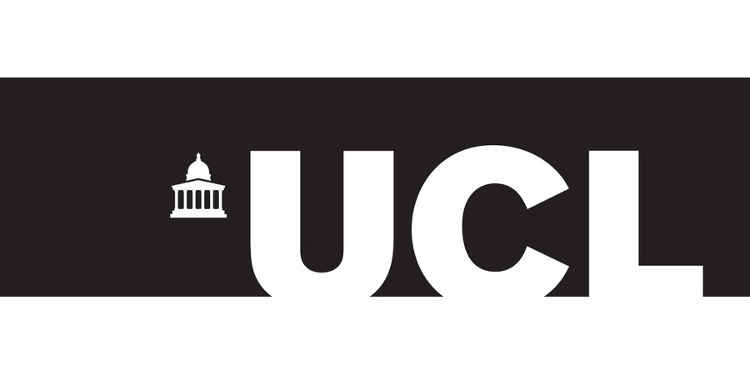
As an SHO working in stroke medicine, I wanted to gain more knowledge on stroke neuroimaging in a structured learning environment from experts in the area. This interesting and informative one day course was perfect for my aim and exceeded my expectations.
The course is based in central London, at the UCL Institute of Neurology (ION) in Queen Square, adjacent to the National Hospital for Neurology and Neurosurgery. The course covered the various imaging modalities available to evaluate and treat ischaemic and haemorrhagic stroke along with the related neuroanatomy, through lectures and interactive case-based discussions.
The day started with an introduction to the practical use of neuroimaging in the assessment of a person presenting with stroke-like symptoms to the emergency department. The pathway through hyperacute care including initial clinical assessment, initial imaging and interpretation and then hyperacute treatment were outlined, especially useful for allied health professionals and aspiring stroke physicians. The specific case used illustrated the mechanical thrombectomy (MT) pathway – the relevant early imaging revealing the target for reperfusion – and the challenges in delivering this proven life-saving and disability-limiting treatment.
The next talk, entitled ‘anatomy of the cerebral circulation’, covered the basics of the intracranial vasculature from origins to terminal branches, and then to the intracranial venous system. The talk systematically discussed each blood vessel and included an especially useful section on the more commonly encountered anatomical variants. Next, we learned about the imaging in acute infarction in each territory, keeping the session clinically relevant and clarifying the neuroanatomical basis of the different stroke syndromes.
‘Neuroimaging 1: ischaemic stroke’ was the last talk of the morning. It covered the underlying pathophysiology of acute stroke and the resultant early imaging changes. The nuance of these subtle early and hard-to-identify signs was clearly explained in simple terms, this included the Alberta Stroke Programme Early CT Score (ASPECTS) – a vital tool which directs which patients might benefit from endovascular treatment. CT perfusion was also explained with its applications, such as wake-up stroke. MRI was also covered including perfusion and vessel wall imaging. The talk concluded with imaging stroke mimics, a rarely thought of topic.
Professor Werring (Professor of Stroke Medicine, UCL Institute of Neurology), next gave a talk which covered all things intracranial haemorrhage (ICH) from the epidemiology, to basic aetiology and pathophysiology. The imaging modalities covered included CT, MRI bloodspecific sequences and digital subtraction angiography (DSA). The imaging features within each modality were linked to specific aetiologies, and outlined the challenges in deciding which patients require early DSA so as to determine the aetiology of their ICH and reduce the risk of recurrence. The pillars of ICH management and the evidence basis for this concluded this talk.
After lunch we received talks on mechanical thrombectomy. Dr Perry (Stroke Neurologist and Research Lead, UCLH), guided us through the natural history of the evolving evidence base for thrombectomy, from trials which initially showed no benefit, to those which proved it to be one of the most efficacious treatments available in modern medicine. The final trials discussed were particularly exciting, proving efficacy of thrombectomy even after six hours from onset of symptoms. Dr Robertson (Interventional Neuroradiologist, NHNN) spoke about the practicalities of delivering thrombectomy, the indications and the correct imaging choices.
Dr Robertson highlighted the magnitude of the mismatch between the prevalence of stroke and the national provision of thrombectomy services: that depending on a patient’s location or time of day, they might not receive this intervention.
The opportunity was then given to the attendees to present cases from our own trusts and experience, with discussion with the teaching faculty. This allowed a myriad of clinical dilemmas we had all encountered and struggled with to be discussed with experts in the area in a panel chaired by Dr Simister (Stroke Clinical Director, UCLH).
The last talk of the day focused on language recovery after stroke and how it can be illustrated using imaging. Three trials were presented providing an evidence base for the complex nature of language impairment and recovery following stroke.
The day concluded with a quick wrap-up of the course provided by Prof Werring, reinforcing the main points from each talk. The day surpassed my expectations in terms of the content, and delivery from experts in the field, based in an institution which is involved in emerging new and exciting approaches to stroke neuroimaging. Course materials were made available to all attendees to use as a reference point in the future. I would recommend this course to any health professional interested in working in stroke, to develop your knowledge of the applications of imaging in stroke medicine.

